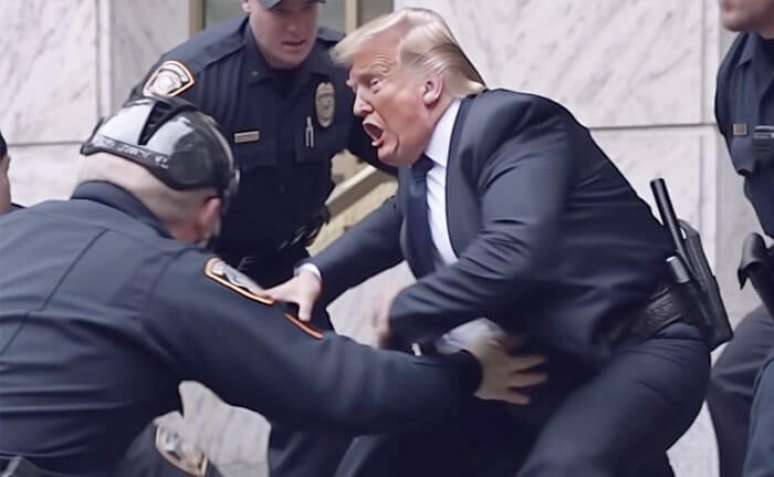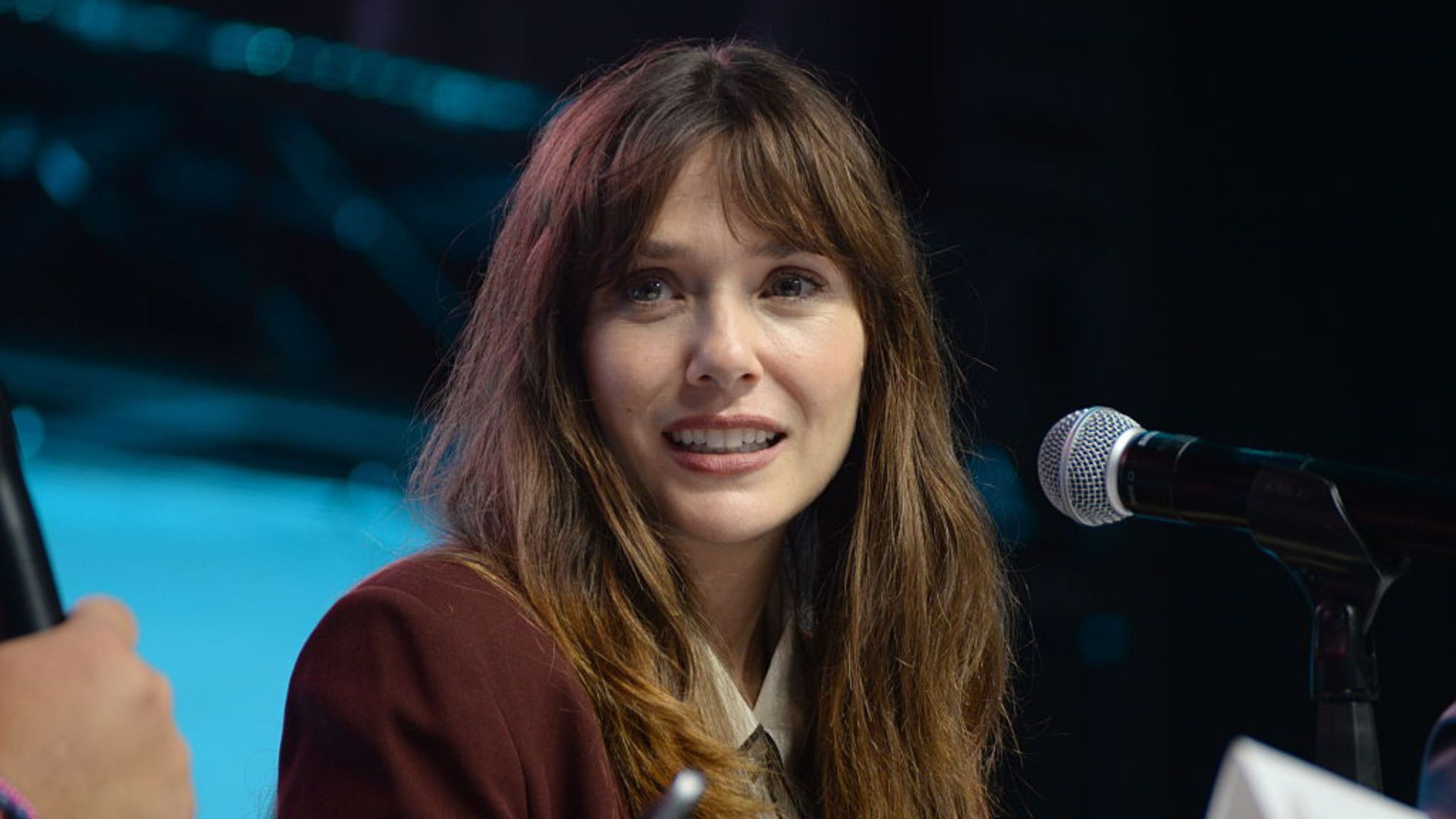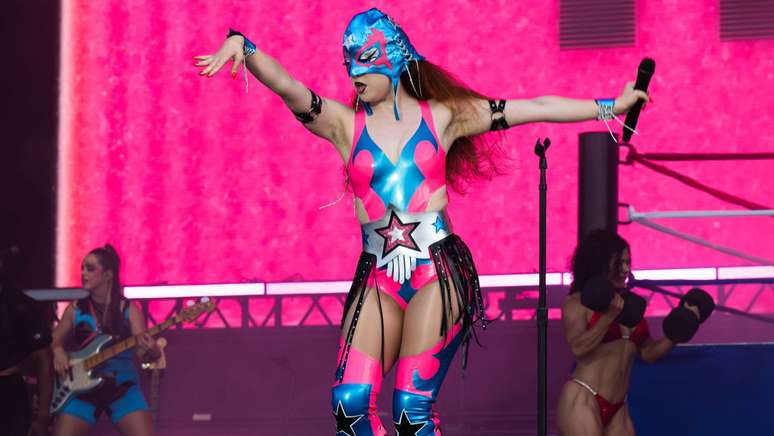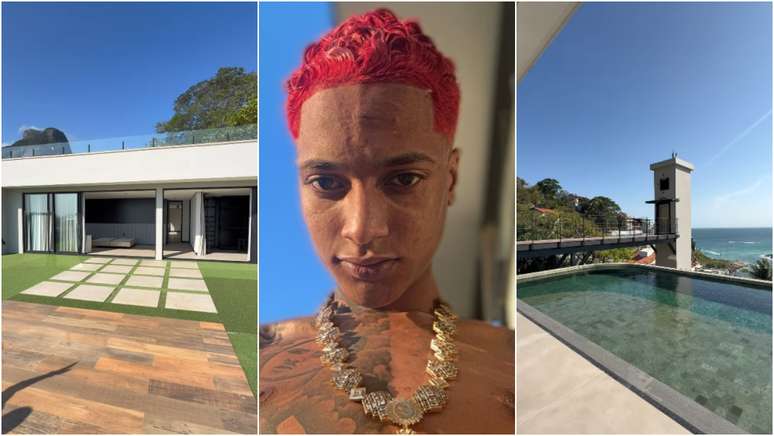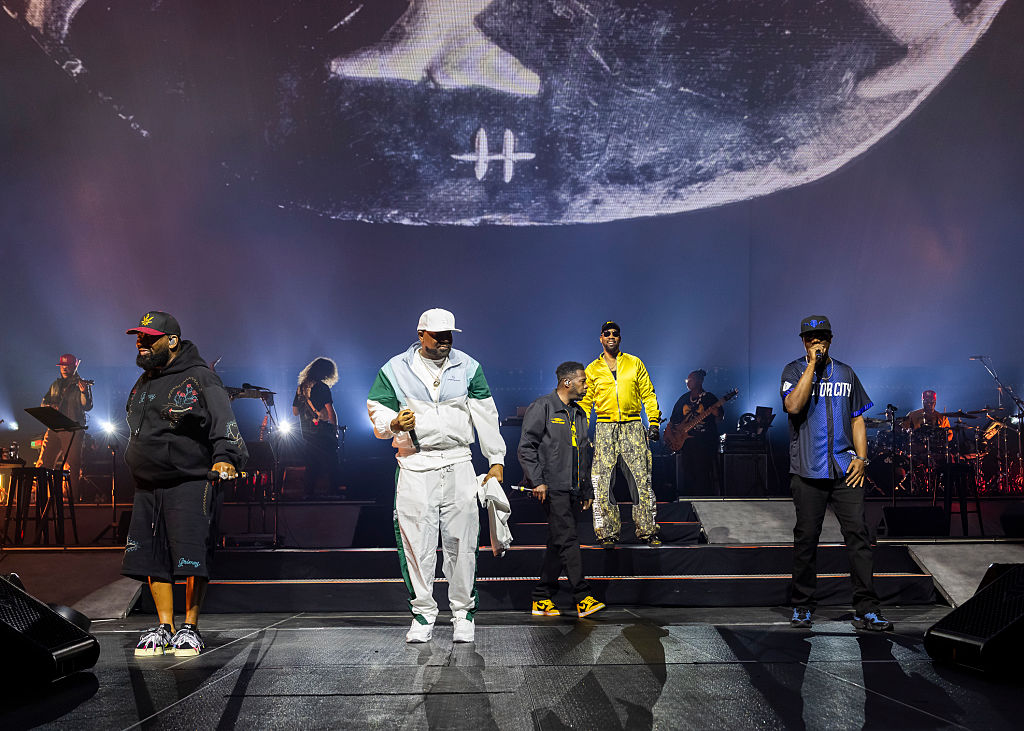Specialist professor explains the impact of new technologies on the production of false images and texts
Recently fake images made with Artificial Intelligence (AI) have been circulating on the internet, among the main publications that have gone viral are a photo of Pope Francis in a trendy coat, and images of Donald Trump.
In the beginning, most internet users believed that they were real images, before the confirmation of creation by Artificial Intelligence, which raised the question of how to distinguish whether something is real or not.
Henrique Silva Pereira, teacher and coordinator of the Communication, Cinema, Photography and Design courses at Our Lady of Patronage University Center (Ceunsp), explains that people will have to look twice before believing what they see on the Internet.
“With the advancement of artificial intelligence, more and more strategies will be needed to be able to verify if the image refers to true or false speech. That’s why we have to come up with the concept of Media Literacy, which would be media literacy,” she warns.
Fake images that are AI products
Pereira clarifies that this scenario is not only part of the context of fake news, since these images were not created with the intention of deceiving the public, but rather are the product of AI experimentation, although some communication channels they’re broadcasting it like it’s news. .
Although AI programs are evolving their methodologies and improving image generation, Henrique points out that it is still possible to identify whether a photo is real or has been manipulated.
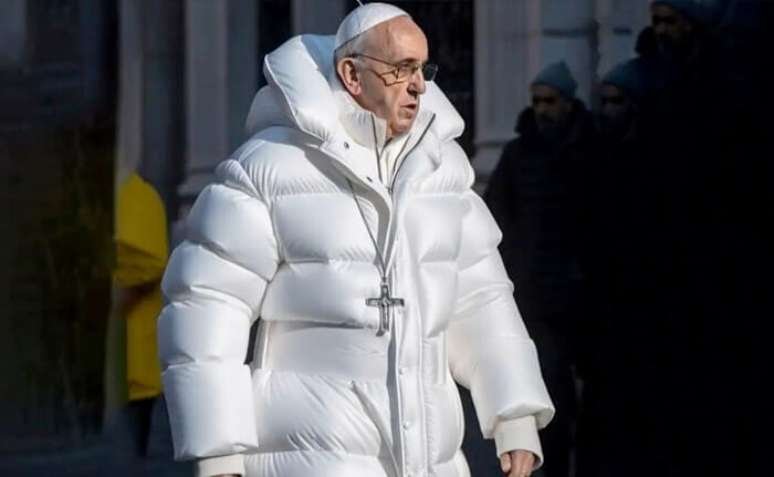
“In the case of the Pope, for example, it is possible to notice some defects in the construction, such as his hand and the crucifix, if analyzed with more calm and precision, people will be able to identify themselves better”, he says.
The communication and photography professor points out that with these rapid advances in Artificial Intelligence, it will be difficult to protect yourself from image manipulation.
“This action has always been there, it’s nothing new, but it used to be done in Photoshop. What is happening today is that artificial intelligence allows people who have no knowledge of image manipulation to do it easily on platforms, simply by describing the art format they would like to create,” he adds.
Photo manipulation of celebrities x common population
Henrique points out that the manipulation of the images becomes a concern since ordinary people can also suffer from these fake photos, but they will not be known by the media.
“Everyone must be careful with the photographs and texts they post on the internet, because we currently have no control over what can be done from the moment the information is public in the media. It is very important that users are aware of what they make available online and from time to time they also log into Google, Bing and type their name, put a picture there to check what they return, because yes, the person they might be used for unauthorized purposes,” warns Pereira.
In the case of celebrities, the trend is for AI fans to use these profiles to build images and tests due to the impact and reach the placement provides.
“Photos featuring protagonists of public discourse, such as Donald Trump and Pope Francis, generate attention, and automatically the creator manages to naturally reverberate on the print to show the capacity and qualities that this technology performs. Of course there is also creativity on the part of those who create, precisely with this perspective of generating credible and non-credible situations”, he concludes.
HOMEWORK inspires transformation in the world of work, in business, in society. Created by Compasso, a content and connection agency.
Source: Terra
Rose James is a Gossipify movie and series reviewer known for her in-depth analysis and unique perspective on the latest releases. With a background in film studies, she provides engaging and informative reviews, and keeps readers up to date with industry trends and emerging talents.

